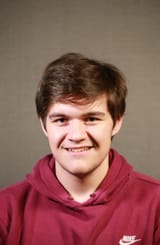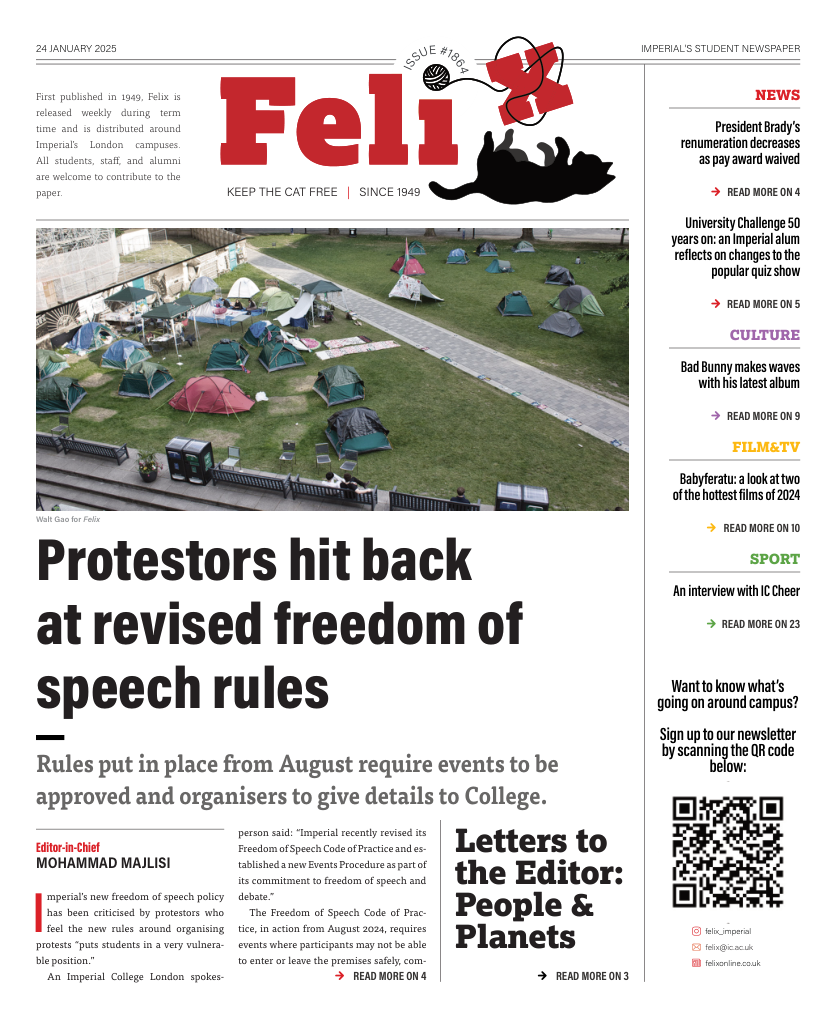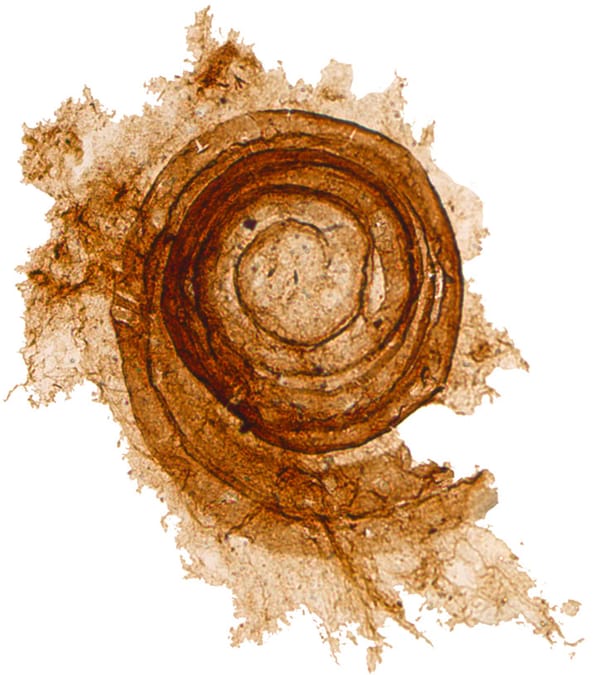The history of string theory
Explained by Imperial Professor of Theoretical Physics, Amihay Hanany
Imperial is home to one of the world’s largest and strongest communities focused on the topic of string theory, according to Prof. Amihay Hanany. The community hosts a total of eight active researchers—including Prof. Hanany—research into string theory, forming one of the main pillars of active Theoretical Physics research conducted at Imperial.
String theory is a framework used in physics to replace zero-dimensional point-like particles with one-dimensional objects, called strings. Strings have been postulated by physicists who believe strings have many properties true in a fundamental theory of physics – a theory which attempts to unify gravity and our current observed model of particle physics.
To explain this further, Felix spoke with Prof. Hanany, to learn about the history of string theory, and to hear about his outlook for string theory research in the next decade.
Looking at the strong force
Hanany explains that the story of string theory begins with the study of strong force interactions, one of the four fundamental forces of nature.
“String theory was developed for people to understand the physics of the strong interaction. [...] People started from a very simple model where they saw that if you take two quarks (a fundamental particle that makes up hadrons, such as protons and neutrons), you try to pull them apart, and there is a string which forms”.
“Very quickly, it became clear that the spectrum of excitations of the string doesn’t just contain quarks, they also contain gravitons, hypothetical, fundamental particles believed to mediate the gravitational force.”
“People gradually shifted attention, from thinking about the theory of the strong interaction to the theory of quantum gravity. This was, in fact, some kind of a victory. You had a goal to understand the theory of strong interactions. And in return, you got a theory that deals with gravity. So, this was more rewarding than initially meant to be.”
String theory, to its surprise, became a theory of quantum gravity, a field that attempts to describe gravity according to quantum mechanics.
Does string theory describe nature?
“With a string, you will have a set of excitations. But it’s a particle, which has a mass, it has spin and it has a charge. One goal was to then say: let’s start from some string theory and show that we can get the spectrum of particle physics that we observe.”
“To date, this is an unsolved problem, as it’s too difficult.”
“And one big issue is the absence of supersymmetry in the observed spectrum of particles.”
Particle accelerator experiments to date have found no evidence to support supersymmetry, a theory which proposes that a given particle has a partner particle with different spin properties.
“It’s just that it’s very difficult to find a string background, which will generate the observed world.”
“If we try to count how many string backgrounds you have, they come up with 10500 different cases, but I’m very suspicious about those estimates.”
The String Revolution in 1984
Physicists Michael Green and John Schwarz in 1984 made a significant development to string theory: they discovered a way to reconcile the theory with the theory of supersymmetry. “It was presenting a major problem. The ‘Chirality problem’ was solved by a technical development which is known today as the Green-Schwarz mechanism.”
“They gave a mechanism which allows for the introduction of non-Abelian gauge fields which is what you wanted.”
“After, there was a big celebration, this is ‘84. The string revolution. It actually led to a very interesting social development, until then, very few people were working on string theory, and after their contribution, it was a whole group of people – they stopped working on what they did and they started looking at this.”
Holography
“The next development of string theory was with ideas of holography. [...] It says that gravity is some holographic image of gauge theories. It was a specific example, which was given when you have gauge theory on one hand and gravity on the other. This is called AdS-CFT correspondence.”
AdS-CFT was first proposed in 1997 by Juan Maldacena, and its’ duality represented a major advance in the understanding of string theory and quantum gravity. Maldacena’s paper has been cited 20,452 times – making it the most cited High Energy Physics paper to date.
“Holography still is a topic of central interest today. These days, we are in a period where progress is slow. [...] For the next 10–20 years, we will continue with this bifurcated plan: people do things in small groups, [and] they don’t communicate much with the other groups.”
“We have now seven people in the area of string theory: each one is doing something different. We don’t typically collaborate with each other because we cover our own topics. And I think it will continue like that.”









